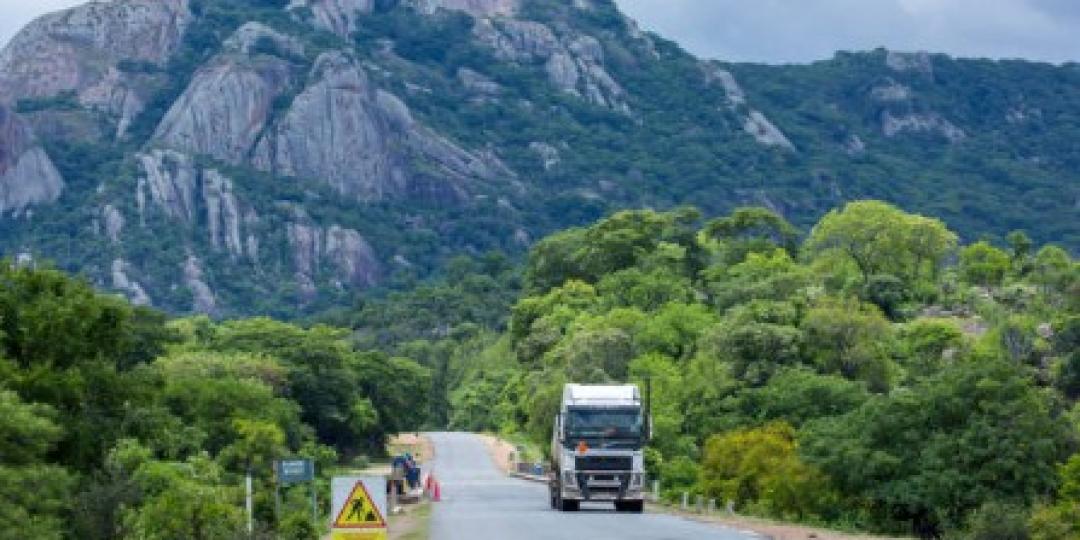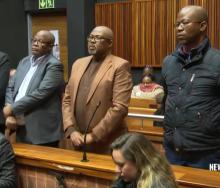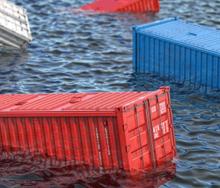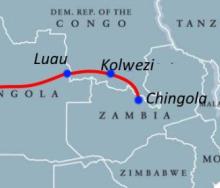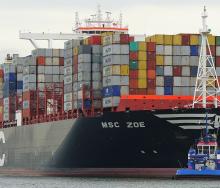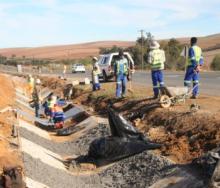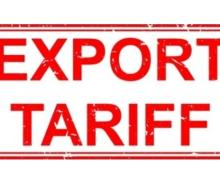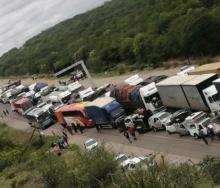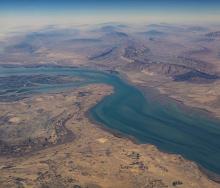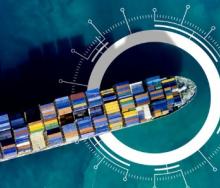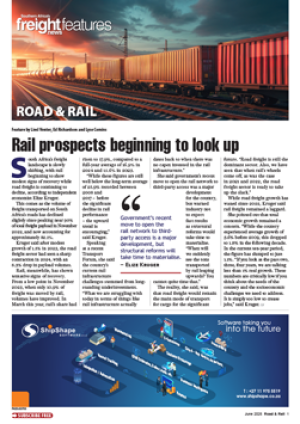Tankers trucking fuel to the Copperbelt in Zambia and the Democratic Republic of the Congo continue to avoid driving through Zimbabwe because of a fuel duty meant to curb smuggling.
The fuel duty has proven to be counter-productive, costing Beitbridge Border Post concessionaire, ZimBorders, millions in lost transfer fees because of operators rerouting through Botswana.
Mike Fitzmaurice, vice president of the Union Africaine des organisations de transport et de la logistique (UAOTL) for the sub-Saharan region, has mentioned that fuel carriers wouldn’t be averse to paying the refundable duty if Zimbabwe’s foreign currency situation was better organised.
But the switch from Beitbridge to the route via Botswana has exposed the glaring infrastructural disparity of the Groblersbrug-Martin’s Drift border, compared to the Kazungula one-stop border post (OSBP) across the Zambezi River into Zambia.
Fitzmaurice said the Botswana bypass, which is about 200 kilometres longer than the Zim route, had increased volumes substantially on this leg of the North-South Corridor (NSC).
“Poor and inadequate infrastructure cannot cope with the increased volumes, both on the SA and Botswana sides of the border.”
Moreover, last year and twice so far this year, road freight on the Bots bypass was disrupted after the Limpopo flooded, wrecking customs facilities and delaying services.
Because bulk loads meant for the Copperbelt were then diverted to the Kopfontein-Tlokweng border further south, the increased cargo at what is meant to be an express supply chain crossing into Botswana, caused trucks to queue for 10 kilometres or longer on the R49 – without standby amenities for the drivers.
It is such eventualities that more often than not expose the public sector's neglect..
For someone like Fitzmaurice, who has dedicated himself to assisting cross-border operators through the Transit Assistance Bureau, thereby attracting the attention of the African Union, it comes as no surprise that South Africa has been reported as losing its competitive edge.
Last week’s World Competitiveness Rankings (WCR) report by the Institute of Management Development flagged the country’s infrastructural neglect as particularly concerning.
Focusing just on the Bots bypass border, Fitzmaurice said: “On the SA side, there are no parking facilities at the border control zone. Also, this border is reliant on two poorly managed truck parks, one intended for tankers, dangerous goods, and refrigerated trucks and intended to give preference to these types of cargo.
“However, this truck park, due to the lack of controls and poor management, has become a general goods truck park. The other truck park, which is on a dirt road close to the border and which was originally intended to be an import truck park, has become easy-access parking to jump the queue on the N11.”
Fitzmaurice said trucks that had received their ‘proceed-to-border’ notification from the South African Revenue Service should be given preference.
“But lack of control by law enforcement agencies has largely defeated the objectives of N11 queuing.”
Instead of waiting in line, trucks skipped the queue to the import truck park from where they sneaked back into the queue closer to the gate, Fitzmaurice said.
As for the flooding, and the apparent inability of authorities to be better prepared for recurring weather events, “it has put the border under extreme pressure due to inadequate infrastructure for increased volumes”.
At its worst, when trade facilitation rings hollow and public sector representatives retreat into air-conditioned offices, trucks can stand for as long as 20 kilometres east of Groblersbrug, taking up to four days to clear.
Even when the border runs relatively smoothly, as is currently the case, there are always issues on the NSC, holding up trucks and causing operational losses.
Fitzmaurice said: “Other border posts further north on the NSC, like Kasumbalesa, Mokambo and Sakania, are also plagued by poor and inadequate infrastructure for the increased volumes.”
He said it often resulted in lengthy queuing on the Zambian side of the Copperbelt.
Once in the DRC, transporters have to contend with continual changes in legislation, bypass roads around major towns and related challenges that have increased the cost for NSC hauliers in the Congo.
“All these factors have played into the hands of the Walvis Bay Corridor Group.
“The development of the Western Corridor (WC) from Solwezi in Zambia via the Mutanda-Kaoma road construction project will link the copper-rich regions of Zambia and the DRC with a shorter and more efficient route through Namibia to the port of Walvis Bay.”
Fitzmaurice warned that this development would significantly impact the movement of copper and cobalt through the Port of Durban.
“Currently, the Port of Walvis Bay has exceeded the volumes of these commodities exported via Durban. Once the construction of the roads on the WC and the upgrading and modernisation of the Katima Mulilo border post are completed in 2027, we will see increased volumes of copper and cobalt exported through Walvis Bay.”
Also in contention is the Port of Dar es Salaam, currently handling 70% of the DRC’s copper via the corridor running through the Nakonda-Tunduma border posts, according to Fitzmaurice.
He said once the new OSBP on the Zambian side was completed – it is currently under construction – volumes were likely to increase on the Dar Corridor.
Fitzmaurice cautioned that by the time the Lobito Corridor and its rail freight infrastructure had been upgraded, enabling bulk cargo at Angola’s Port of Lobito, the Port of Durban and the NSC may have lost their significance altogether unless drastic infrastructural and related improvements are made.
“It’s a frightening thought, but a reality that is happening fast. The recent announcement by Barbara Creecy, our Minister of Transport, that the focus in SA is on reforming Transnet and investment in our ports (Durban, Richards Bay and Cape Town) is all a little too late.
“As is the announcement to move freight from road to rail.
“Rail infrastructure in South Africa is all but non-existent from decades of vandalism under the ANC Government, which was accelerated under the Zuma regime. Therefore, the hope of this becoming reality is decades away.”
Fitzmaurice added that the uncertainty around Eskom succeeding in keeping the lights on in South Africa due to its ageing infrastructure was another big concern, making South Africa an undesirable destination for new investment.
- This is the second part of a submission received from Fitzmaurice, initially approached for comment about the latest findings of the WCR. The first instalment was posted on Friday.
